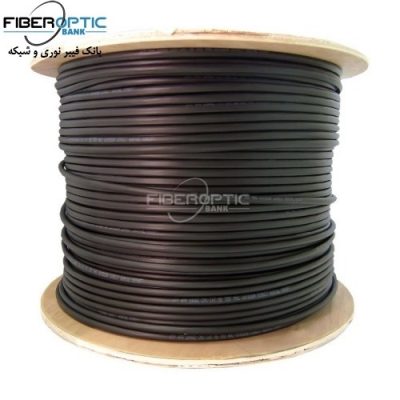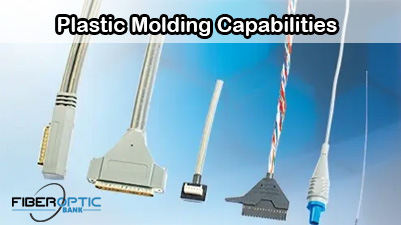Celebrating the Past, Present, and Future of Fiber
Fiber optic cabling is at the heart of our modern connected world, transmitting massive amounts of data daily. But the fiber we have come to depend upon bears little resemblance to its predecessors from just 20 years ago. The history of fiber is rich, and things are just getting started.
The evolution of fiber
Fiber was invented more than 50 years ago – and while still relatively young when compared to other communications technologies, it has undergone numerous evolutions.
The first iteration was simple: it connected homes and businesses to one another and allowed a back-and-forth flow of data. In the 1990s and 2000s there was a strong preference for low fiber dispersion to reduce the number of components in the network, hence avoiding hefty capital infrastructure investments.
As applications that rely on fiber became more complex, so too did the fiber itself. Around 10 years ago, the telecommunications industry began rapidly accelerating, creating a demand for better integration of fiber into appliances and technologies and the latest “growth spurt” in fiber innovation. Fiber was no longer an afterthought but rather one of the first considerations when designing a network.
Today, the current state of fiber has taken integration to an entirely new level. Rather than just connecting disparate locations with long, straight cable runs, fiber now permeates facilities themselves. This required new kinds of optical fibers to withstand tight bends without incurring significant signal loss. Optical fiber attenuation is now also key to ensure high transmission data rates over long distances in the outside plant environment.
All of these evolutions are driven by one key consideration: a constantly increasing demand for bandwidth. Consumers and companies are using more and more data every day, and service providers must account for this demand without lag or signal loss. Just in the past few years, the remote work revolution sparked by the COVID-19 pandemic has drastically increased the demand and applied new pressure to offices, hotels, homes, and more. As we look to the next decade, fiber will only become more integral to how we stay connected.
An invisible network connecting
For most people, not a single day goes by without interacting with some aspect of fiber. You may not be able to see it, but the data you are sharing—even while reading this from a laptop or phone—is dependent on fiber.
One example is cellphones. We think of things like cellular service as completely wireless, but fiber plays a critical role. The cell towers that carry signals from point to point are built upon fiber structures that have been around for years. These cables must be routinely maintained and updated to keep up with current demand and to prepare for future growth.
Fiber is also playing a key role in other emerging technologies. On the surface, concepts such as autonomous vehicle transport may seem to be entirely based in the cloud, with wireless signals constantly flowing to keep cars connected and people safe. But, like cellular communications, fiber is critical to the architecture that supports them.
No matter what form of technology you are using today, fiber is helping keep you connected. Its capacity is perpetually expanding to keep things flowing, and service providers have to adapt.
Fiber’s future
Thinking about where fiber goes from here, there are three things to watch for: density, adaptability and sustainability.
As fiber optics replace older forms of cabling in more and more situations, it will need to adapt to fit in increasingly dense spaces. Therefore, the diameter of optical fibers must continue to decrease without sacrificing bandwidth or its ability to bend. This demand has transformed our own fiber offerings and inspired the introduction of new solutions such as SMF-28® Contour optical fiber.
Another factor is adaptability. The systems that use fiber are constantly changing to account for new technologies as well as greater amounts of data. Service providers cannot afford to build infrastructures that require a major overhaul of fiber every time there is an update. For this reason, fiber must be robust enough to handle the demands of tomorrow efficiently and cost-effectively.
The final consideration for fiber is sustainability. As with every other industry, today’s consumers are placing greater emphasis on the environmental impact of their technology solutions. Fiber optic cabling consumes a much smaller amount of the energy versus its copper counterparts, requires less maintenance, and is more future-ready, so it won’t need to be replaced as often. Further, its chief material of silicon dioxide is stable and abundant, making it a reliable choice moving into the future.
Source: corning
Related products...
fiber-optic-cable
fiber-optic-cable
fiber-optic-cable















[ratings]